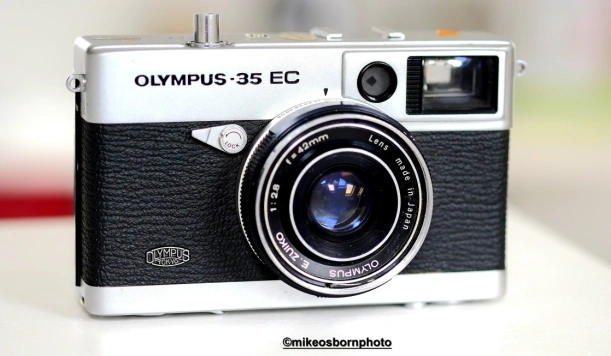Interview: Unique Graceful Movements of Dancers Frozen in Time
By Jessica Stewart on May 21, 2018
Created by Brooklyn-based photographers Ken Browar and Deborah Ory, the NYC Dance Project
has been capturing the beauty of dancers since 2015. Merging their
backgrounds in fashion and editorial photography, the duo has amassed an
impressive portfolio of dance portraits. And by working with the
world's top dancers at institutions like the American Ballet Theatre,
New York City Ballet, and Alvin Alley American Dance Theatre, NYC Dance
Project is immortalizing contemporary dancers.
When My Modern Met first interviewed Browar and Ory in 2015, NYC Dance Project was still in its early stages. Since then, they've published an award-winning book, The Art of Movement,
and have seen their photographs used in a campaign for the American
Ballet Theatre. Given all the new developments, we were curious to catch
up with NYC Dance Project and discuss how this idea, initially inspired
by their ballet-loving daughter, has grown over time.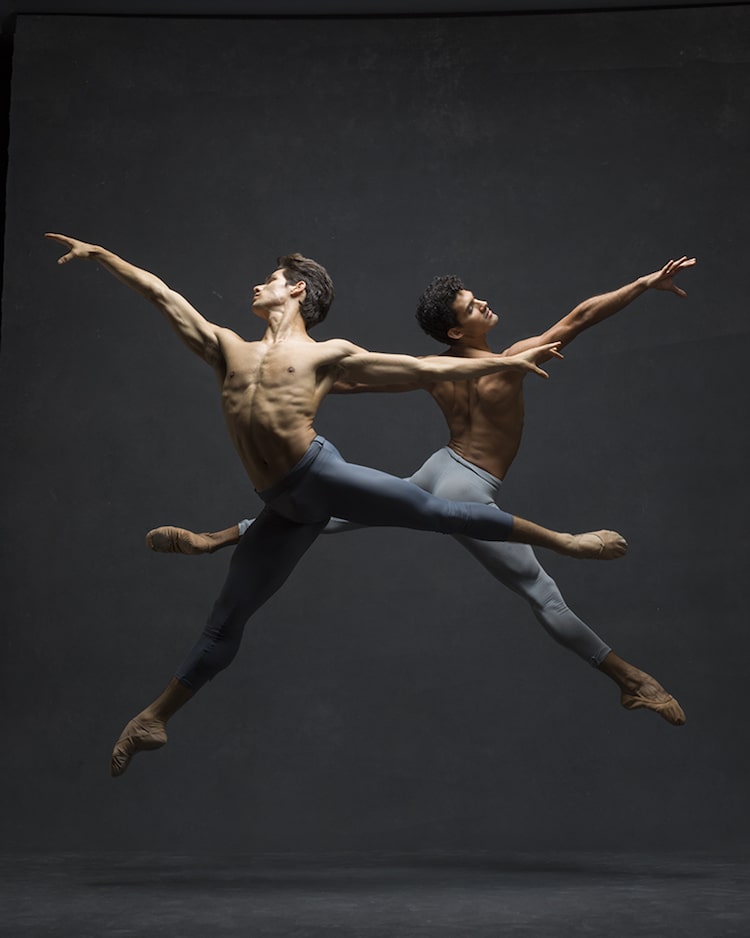
Jovani Furlan and Renan Cerdeiro, Prinicipals, Miami City Ballet. Tights by Yumiko.
We published our first book The Art of Movement in October of 2016. We’re of course thrilled that today almost two years later it’s still a bestseller on Amazon, and that it was awarded an International Photography Award for Best Book.
We’ve shown our work in several galleries, including the Holden Luntz Gallery (Palm Beach), the Furman Gallery (Lincoln Center, NYC), and soon we will be working with the Susan Lanoue Gallery (Boston). We’ve, in the meantime, also started working on our second book, which will be published by Rizzoli and has a publication date of 2019.

Jacqueline Green, Alvin Ailey American Dance Theater. Dress by J. Mendel.
Making an art book was an amazing experience for us. We’ve been taking photographs all of our lives, but seeing them in a collection and a theme together in large, high-quality book format was really rewarding. It was more work than either of us had expected, but the results were definitely worth it. And, of course, we look forward to seeing our finished second book, even though we know it’s a long road and production can sometimes be exhausting!
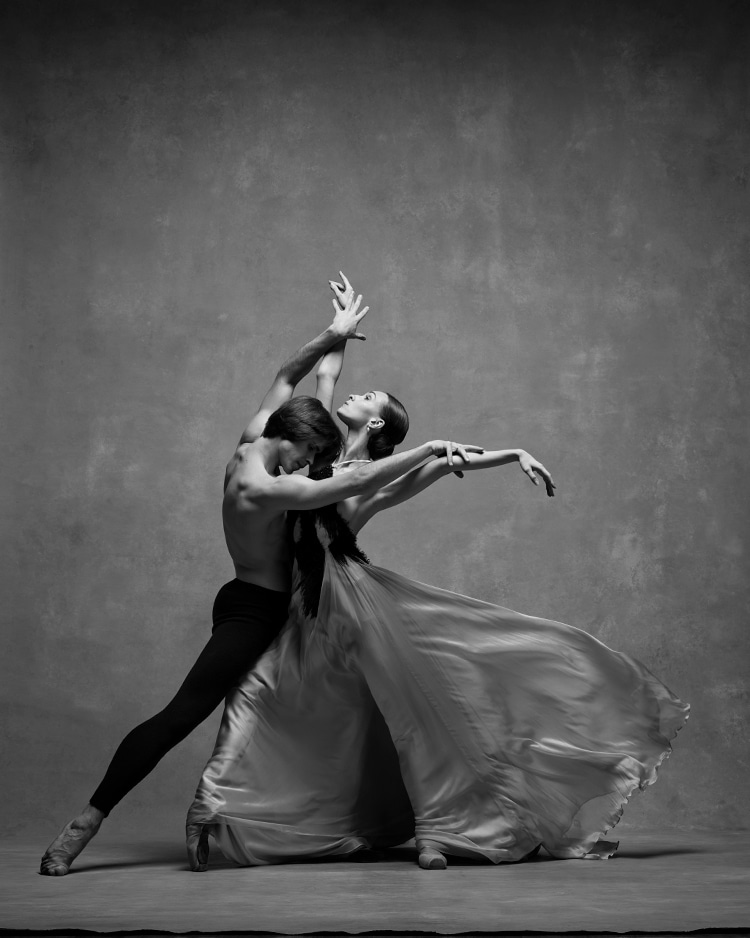
Artem Ovcharenko and Olga Smirnova, Principals, Bolshoi Ballet. Dress by Leanne Marshall.
Our original goal was to promote dance and the dancers—and of course to compile a collection of photographs that represented the art as it is today. We’re very happy that NYC Dance Project has become a well-known showcase in the dance world.

Heather McGinley, Paul Taylor Dance Company. Parachute Dress by Norma Kamali.
We’ve learned to not plan out the photographs too much in advance, and to allow for things to evolve on set. The magic happens when we all—dancers and photographers—are open to making images that feel right, and don’t have preconceived ideas of what they will necessarily look like. So playing by the ear, as it were, or going with the gut, if you like, is crucial to putting everyone at ease, which in turn makes for the most beautiful photos. We also now try to go for capturing a few special images instead of many different photographs in the same session.

Renan Cerdeiro, Kleber Rebello and Jovani Furlan, Principals, Miami City Ballet. Costumes by Norma Kamali for Twyla Tharp.
There is not a specific story we are trying to tell, but we find that all the dancers have their own stories and their own way of moving. They each express themselves differently, and so we try to first understand, and then capture, what is unique about them. The dancers ultimately are the ones telling their stories through our lens.
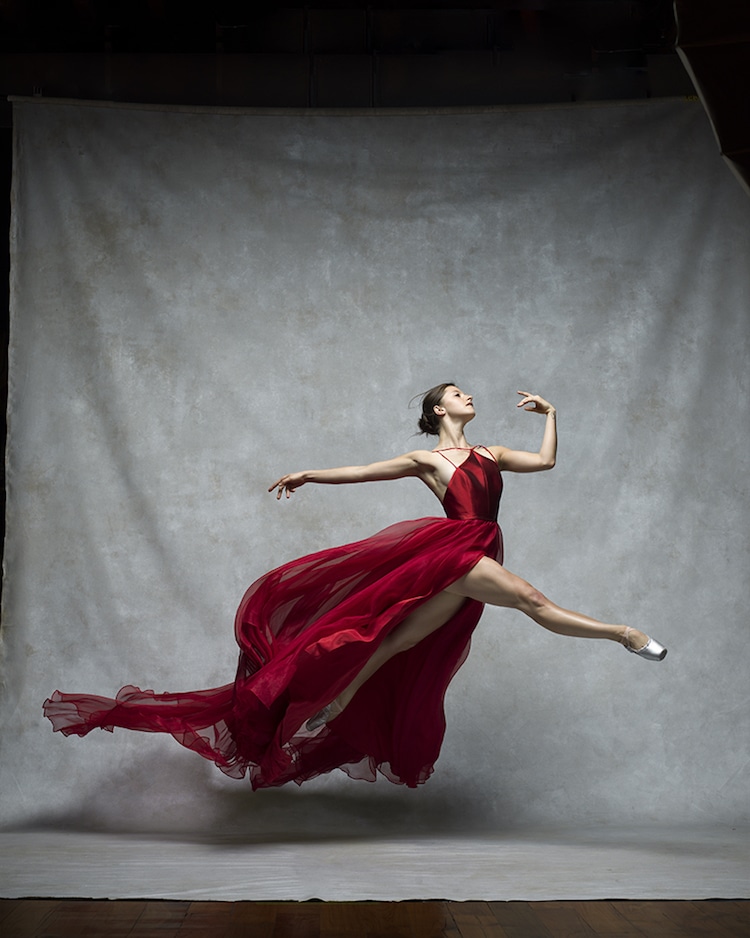
Indiana Woodward, Soloist, New York City Ballet. Dress by Leanne Marshall.
Of course! We have always wanted to photograph dancers in other disciplines and have already been making plans to do so. We had an opportunity to work with a street dancer, Lil Buck this year at the Gala De Danza in Mexico. We have also been talking with Michelle Dorrance, and hope to collaborate with her as well as with other tap dancers. And there is a ballroom dance couple that we will soon work with. We really love the idea of expanding our repertoire beyond ballet and modern dance.
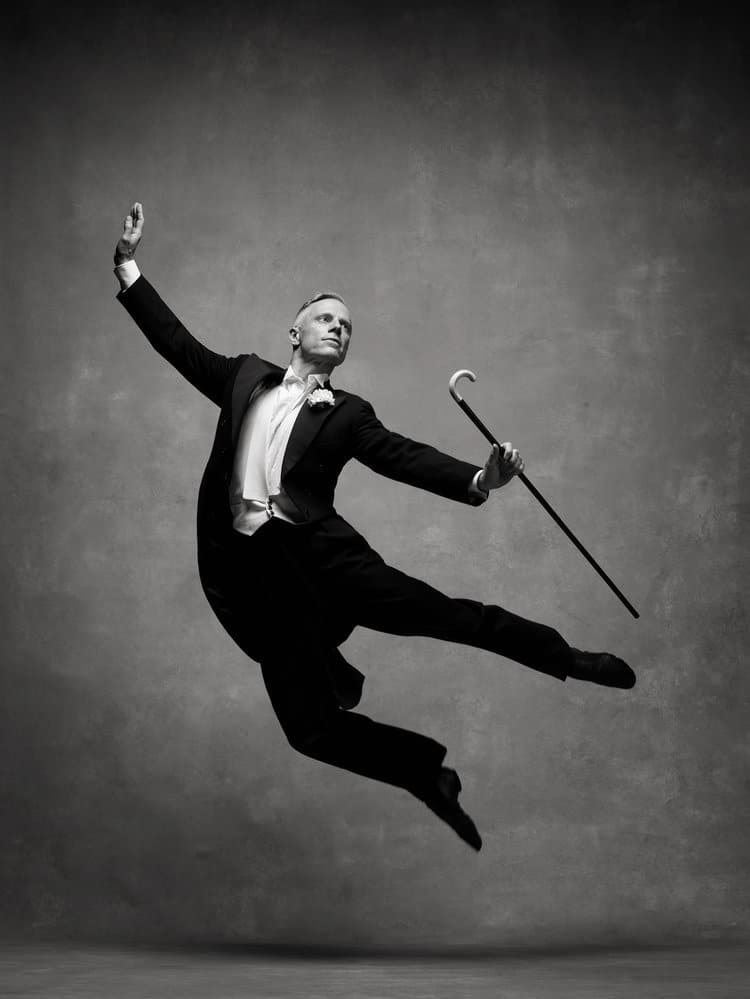
Michael Trusnovec, Paul Taylor Dance Company. Vintage tails circa 1950.
I think people are impressed when they see dance, whether live, on film, or even in images, because they are impressed with the dancers’ physicality and control as well as their ability to express emotion through their bodies and their movement. We hope that our photographs illustrate that movement, despite being two-dimensional and still.
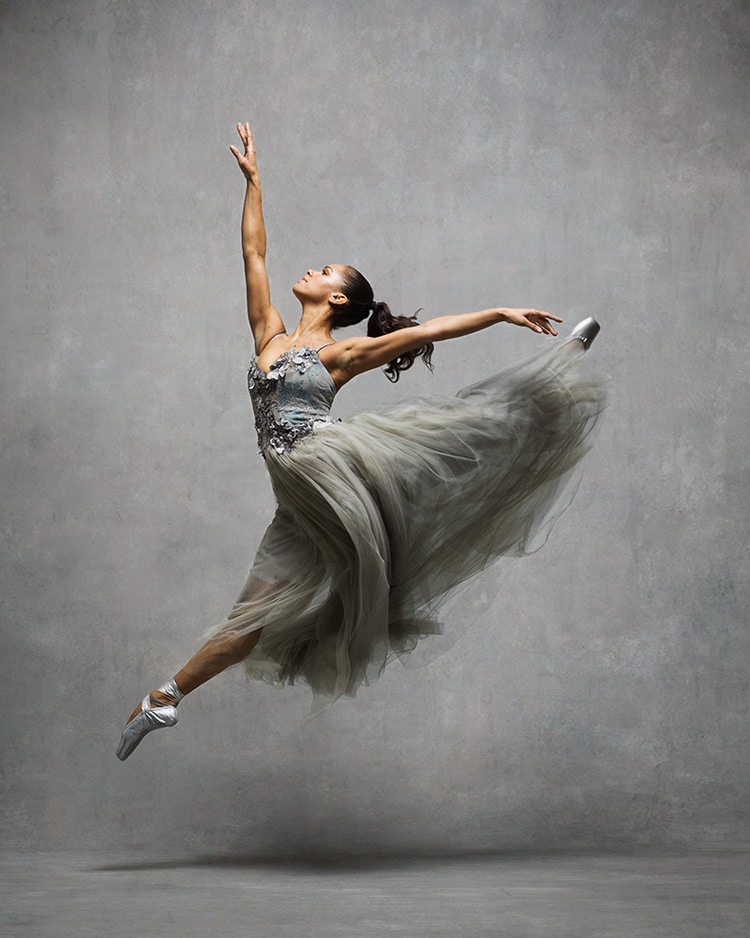
Misty Copeland, Principal, American Ballet Theatre. Dress by Trash-Couture.
We did a campaign for American Ballet Theatre and there were not enough costumes on the set. I had a beautiful wedding dress in a light blue color that had been made for me. Misty Copeland ended up wearing the dress, and the image became a huge banner over the Metropolitan Opera house. It looked amazing, and of course was very special for me, personally.

Meng-ke Wu, Nederlands Dans Theater, Special edition tights by Pucci for Wolford.
After we finish this next book, we hope to do more dance films, so look for more in motion photography. We also would like to expand our gallery projects, so hopefully, we can have our photographs in galleries in multiple cities in the U.S., but also internationally.
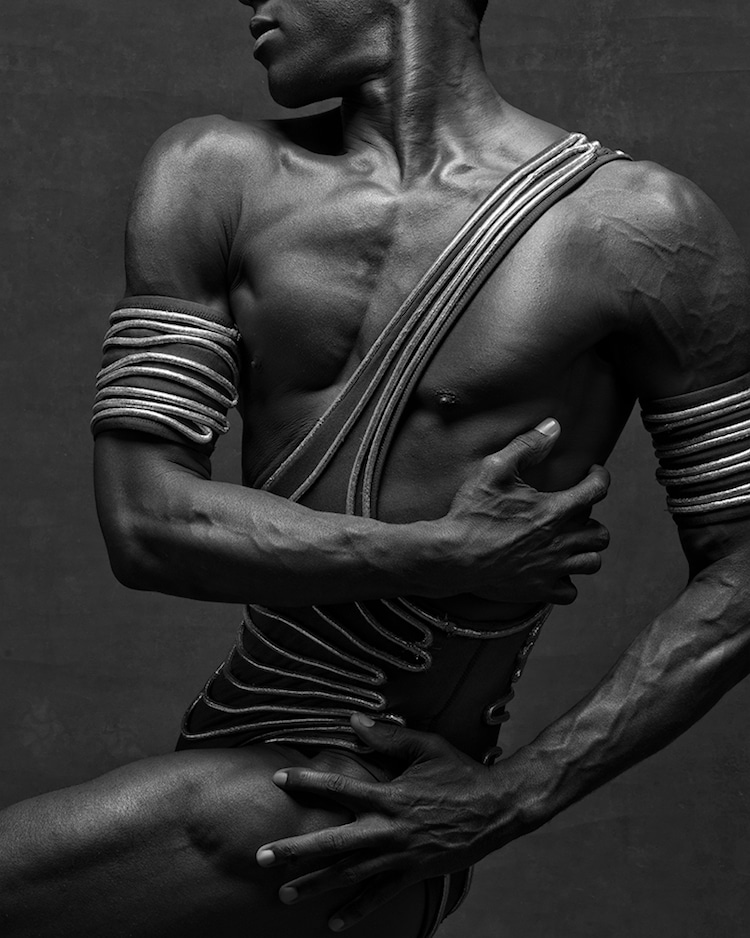
Lloyd Knight, Principal, Martha Graham Dance Company. Costume by Halston for Martha Graham.
 Alexi Lubomirski/The Duke and Duchess of Sussex via Getty Images
Alexi Lubomirski/The Duke and Duchess of Sussex via Getty Images Alexi Lubomirski/The Duke and Duchess of Sussex via Getty Images
Alexi Lubomirski/The Duke and Duchess of Sussex via Getty Images Alexi Lubomirski/The Duke and Duchess of Sussex via Getty Images
Alexi Lubomirski/The Duke and Duchess of Sussex via Getty Images



















